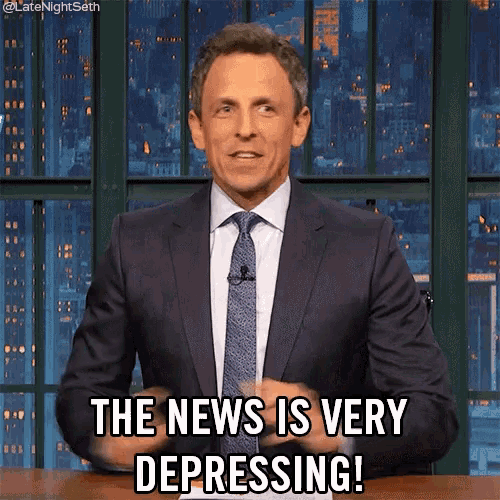The annual State of Local News Project report from Northwestern’s Medill School of Journalism tells the story of small towns—particularly in the rural South and Midwest—that are in news deserts.
By the numbers:
- ⅔ of non-metropolitan counties have zero or one news outlet
- Since 2005, the U.S. has lost nearly 2,900 newspapers and 43K reporters and editors
- Roughly 2.5 local newspapers close each week
Why it matters: Local news coverage correlates with better civic engagement, voter turnout, and economic outcomes. It also protects against misinformation. Without local news, citizens can become uninformed, unable to hold local governments accountable, and less engaged in their communities. In the ag world, this lack of local news could mean less tailored information on local or national policy that impacts their farms, or fewer updates on things like weather events or disaster relief programs. This is especially important for the rural areas that may not have reliable internet access to find other news sources.
Communities who lose local newspapers are not likely to get a replacement. And some remaining single outlet papers are “ghost papers”—with no local reporting.
Possibilities and programs: Philanthropists have put their money where there’s no longer a mouth, committing $500M to support local news. Rural newspapers are exploring different business models or converting newspapers into nonprofits.
Student success: Some propose leaning on the 598 rural colleges that are within or near a news desert. Students can help sustain local newspapers through their reporting, while also gaining real-life experience. The University of Vermont’s Center for Community News has already fostered collaborations between university-led reporting and local news outlets.
Bayer Tries to Block Lawsuits
Bayer is throwing its weight behind legislation that would block failure to warn lawsuits that...
Bill Takes Aim at Stricter Poultry Regulations
The chickens have come home to roost—which seems common when USDA rule-making is met with...
You’re Fired!
"You’re fired!" Again?! None of us could have guessed how often we’d be using this phrase within...




